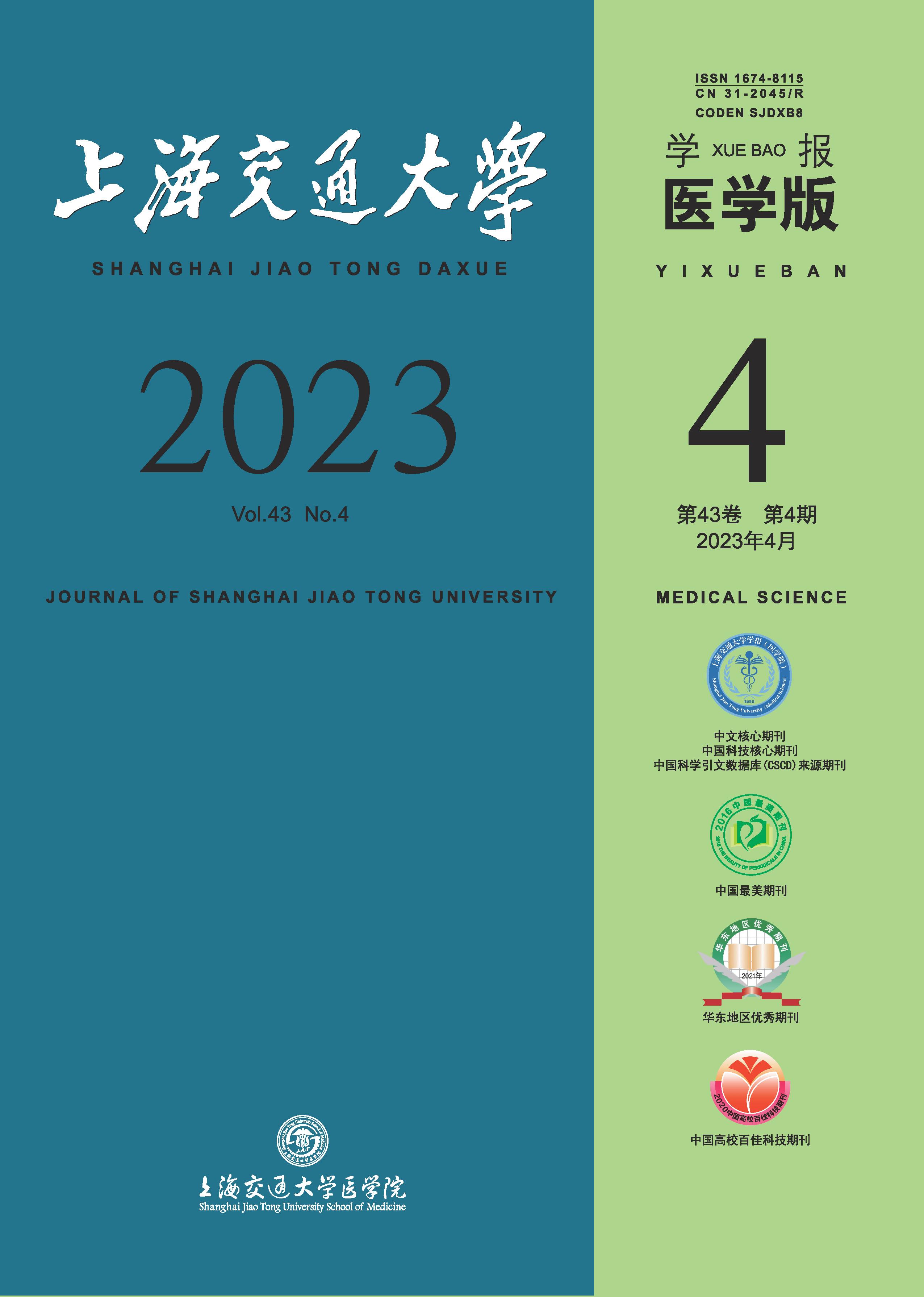Objective ·To analyze and explore the risk factors influencing intraoperative blood loss in pediatric patients during open cranial repair for craniosynostosis. Methods ·The clinical data of pediatric patients diagnosed as having craniosynostosis undergoing open cranial repair from June 2013 to June 2019 in Shanghai Children's Medical Center, Shanghai Jiao Tong University School of Medicine were retrospectively collected, including age, gender, weight, body length, type of craniosynostosis, number of sutures, previous craniofacial surgery, the duration of symptoms, family history, operation duration, operation type, intraoperative blood loss, amount of blood products, amount of fluid transfusion, the use of hemostatic drugs and so on. According to whether intraoperative blood loss exceeded 20% of the total blood volume, all patients were divided into massive bleeding group (≥20%) and non-massive bleeding group (<20%). The clinical data of the two groups were compared and analyzed by univariate analysis and binary Logistic analysis, and the risk factors of intraoperative blood loss were explored. Results ·A total of 239 children were included, including 215 cases in the massive bleeding group and 24 cases in the non-massive bleeding group. Univariate analysis showed that there were differences in age, weight, body length, lowest body temperature during operation, craniosynostosis type and operation type between the two groups. Patients with massive bleeding amounts had lower age, weight, body length, and lowest body temperature than those in the non-massive bleeding group (all P<0.05). There was no difference in other clinical data between the two groups. Binary Logistic regression analysis showed that body weight (B=-0.24, OR=0.79, 95%CI 0.64?0.96, P=0.018) was an independent risk factor for intraoperative massive bleeding in craniosynostosis surgery. Receiver operator characteristic curve (ROC curve) was obtained based on binary Logistic regression model. The area under the curve (AUC) was 0.69 (95%CI 0.57?0.81). Youden index was further calculated to be 0.392, and the corresponding body weight threshold was 10.45 kg. Conclusion ·The lower body weight of children with craniosynostosis are, the higher incidence of massive hemorrhage they have during open cranial repair, especially in children with body weight less than 10.45 kg.

